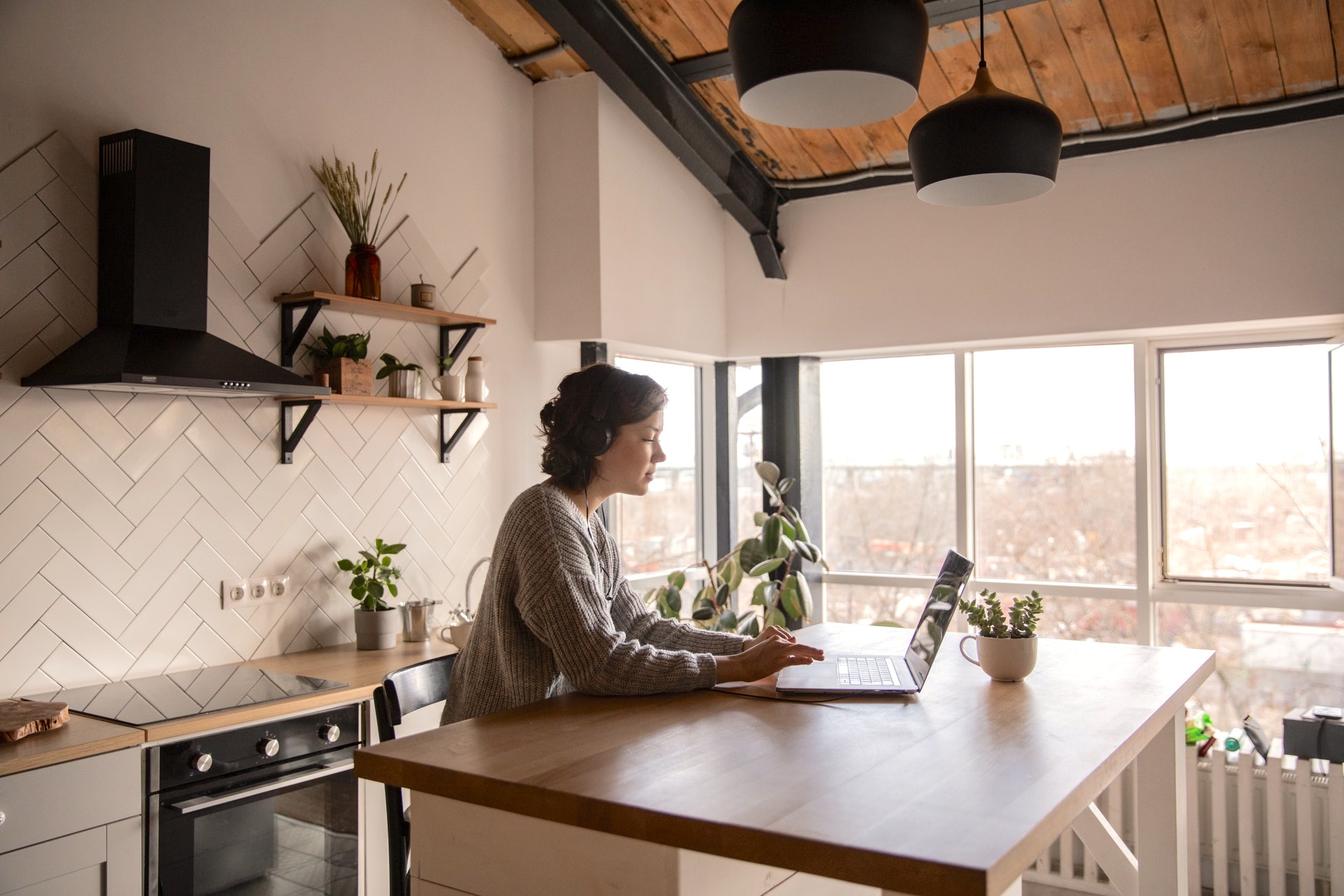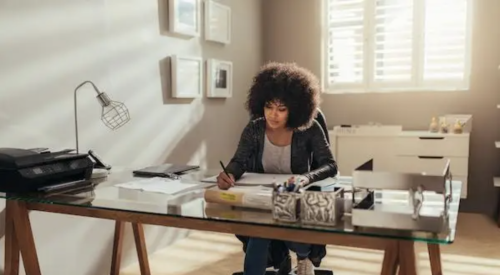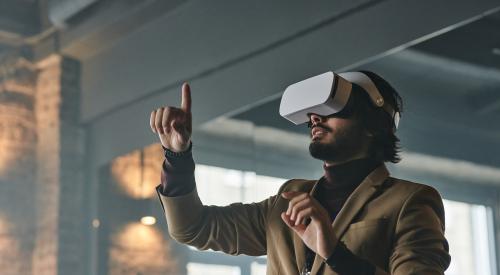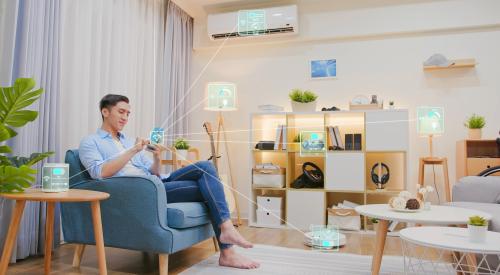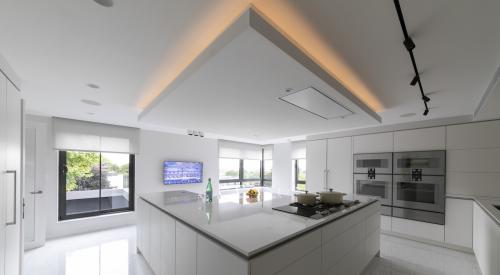One of the most obvious trends of the past year has made video conferencing as critical to white-collar jobs as the office chair: working from home is now a very big thing.
The global pandemic triggered the rapid acceleration of remote work. Zoom, for example, saw its usage in Q2 of 2020 rise by a staggering 4,700% year-over-year.
And, as CEDIA’s Senior Director of Technology and Standards Walt Zerbe notes, the move to remote work is likely here to stay.
“I think it’s permanent,” says Zerbe, but there’s a caveat: The user experience isn’t quite where it needs to be. “We’re trying to make the most of the tech that we’ve got today, but we’re missing the true social collaboration part of it.” Meaning actual eye contact, gesture—the things that make human interaction feel, well, human. That experience will likely improve with advances in AR and VR, but until then, we’ve got to make the best of it.
Optimizing sound in the home office
There’s a growing segment of homeowners who will likely want the best “home office” they can afford. Rule number one is, naturally, ensuring that your connection is terrific—a physical cable beats Wi-Fi.
Next? Sound. “I think audio is the most neglected part of this,” says Zerbe. A thorough look at the space comes first. If the room’s not built for two-way sound isolation at the outset, you can add sound absorption and diffusion, which can include everything from drapes to custom panels to the very learned look of a wall of books.
“You should research a little bit about microphones,” Zerbe advises. “I personally like using a dynamic microphone instead of a condenser microphone. While condenser microphones sound really good, they pick up everything—they’ll pick up your paper shuffling, they’ll pick up stuff two, three rooms away.
“You also want to be cognizant of microphone patterns. A cardioid pattern microphone rejects all the noise from the back, and a hyper cardioid has a very tight little pattern that rejects all the noise from the sides of the mic as well.”
Zerbe also steers away from Bluetooth connectivity for your mic and your headset. “Bluetooth is always compromised. It’s never as good quality as a headset that is wired or a USB microphone—or even a more upscale professional mic.”
Camera location is critical to the home office
As far as cameras go, Zerbe says, “Most platforms aren’t going to have the bandwidth to do 4K, so I don't think it’s necessary for you to get a 4K camera, although they’re great. Additionally, by the time it actually goes into your app, the signal’s going to be really compressed.”
“I’d be much more concerned about the location of the camera and the lighting you’re using,” he advises. Zerbe notes that a good camera position creates the illusion of eye contact; looking directly into the camera helps provide that vibe.
Additionally, Zerbe’s home office setup uses adaptive lighting that can change temperature, and he’s constantly experimenting with the ambient light in the room to find the perfect temperature for his face.
Security’s another concern, of course, especially as the home network takes on more and more of the data once overseen by corporate IT.
A CEDIA certified integrator can answer any further questions you might have.


